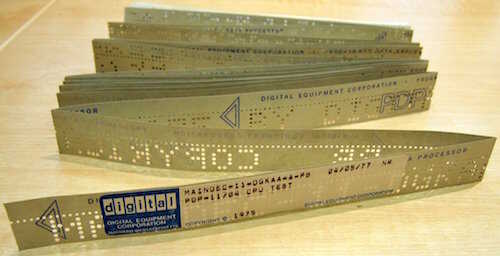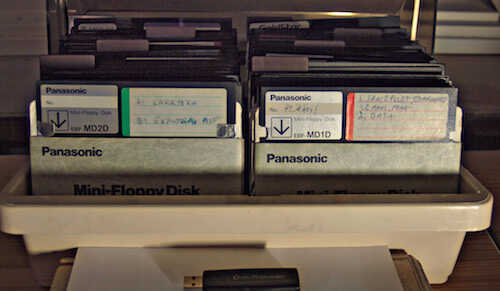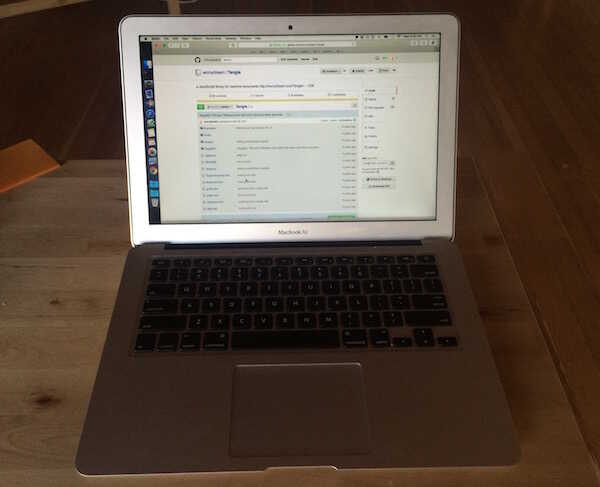In the early MIT Hacker days, programs were strips of paper tape. Hackers would leave them lying around, taped to a screen or stuffed in a drawer, and other hackers would pick them up, try them, modify them, and leave their new version lying around for others to find.
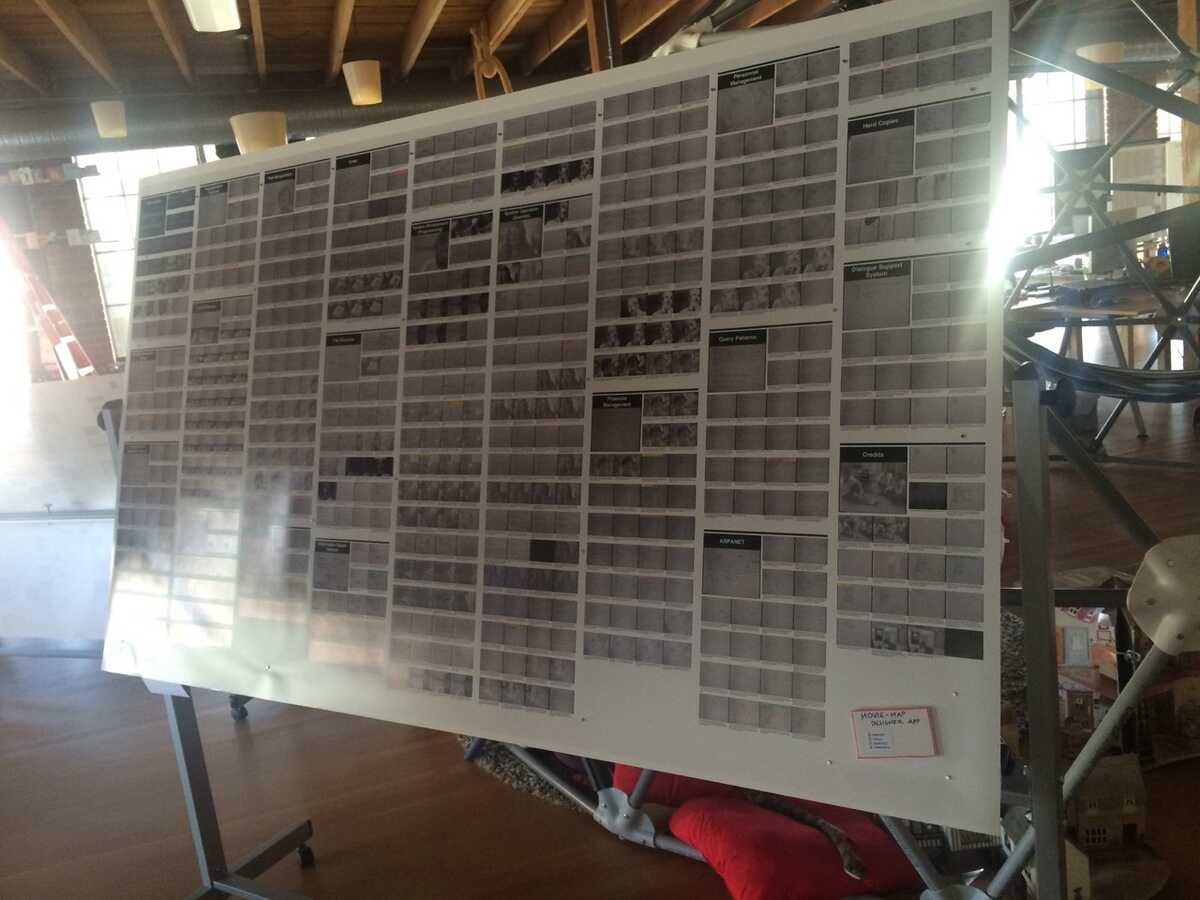
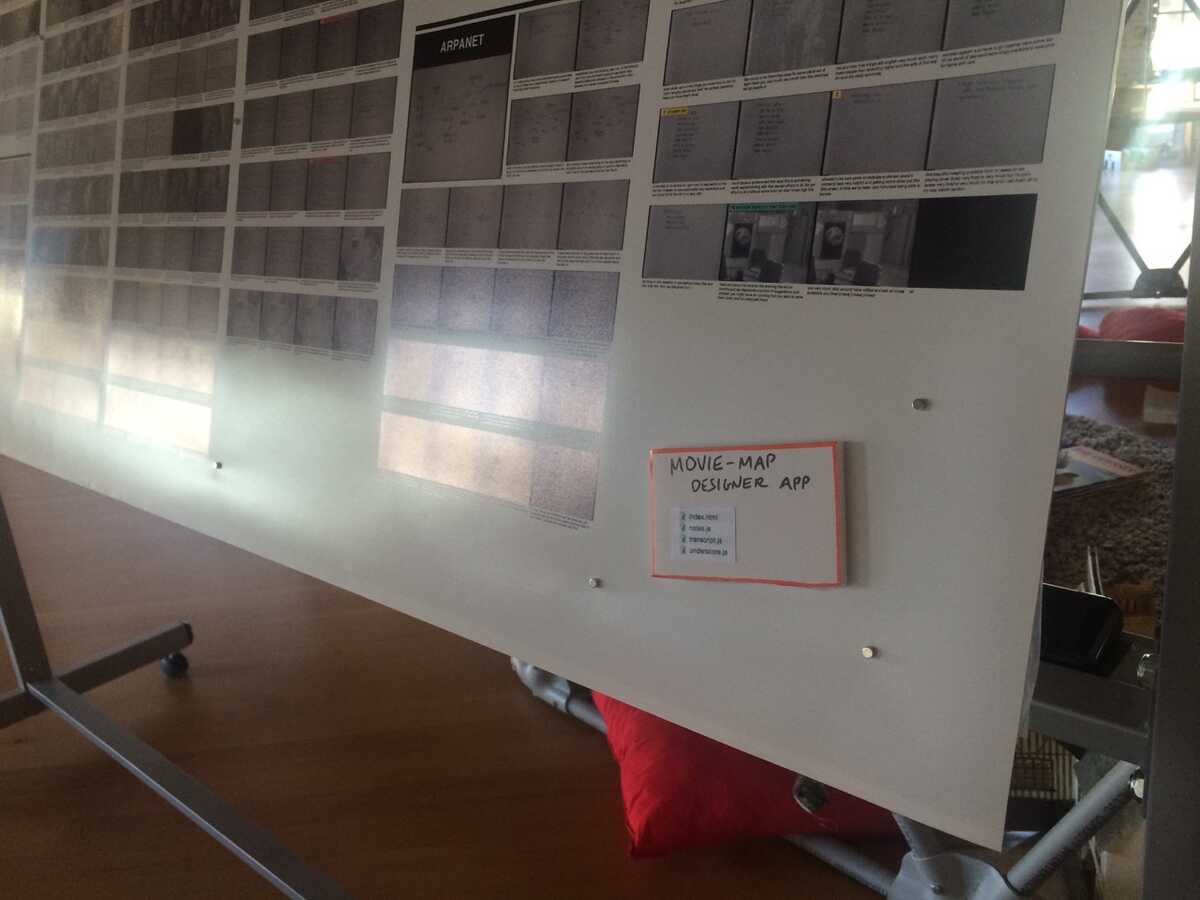
In the early PC days, a culture developed around swapping floppy disks. Like tapes, disks were a physical instantiation of software, a thing that could be picked up, handed to others, left in a place, found in a place.
Today, software is encountered in this form:
Computer programs are no longer things, but merely fleeting peek-a-boo illusions, like TV programs.
----
I cleaned up the video grid design app that I used to make the Engelbart-1969 poster, and wanted to share it with you. It has to be downloaded and run locally; it's not the sort of thing that fits into the room system at present. But I wanted it to somehow have a tangible form, like a paper tape or floppy disk.


You can pick up this object and use it to download the app, like so:
video: [IMG_7932.mov]
The whole thing is a little silly, and yes, QR codes are gross and the process of interacting with one is a little awkward. But it was a cheap way to start thinking about software as a tangible, movable, physically-present thing. We can think of better implementations.
If you want to modify this app, you can instantiate your version as a physical thing as well, and put it next to mine, or replace mine.
[ P.S. Secret note for those not physically present at the lab: you can have a link to the app, but don't tell anyone ]
